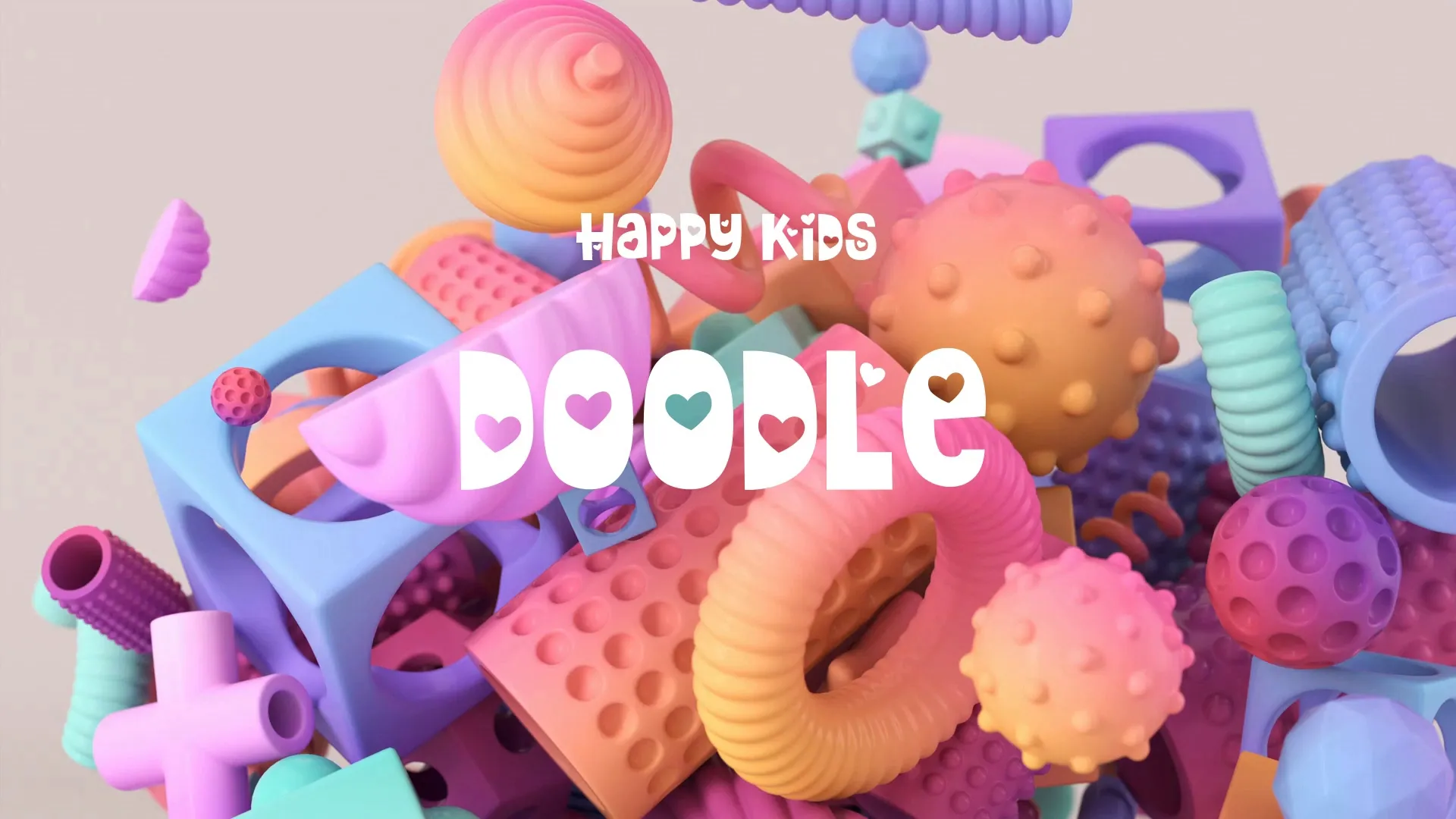Revolutionizing Game Design: AI & Machine Learning for Advanced Game Creation
Revolutionizing Game Design: AI & Machine Learning for Advanced Game Creation
Artificial intelligence and machine learning are no longer theoretical concepts in game development. These technologies are actively transforming how games are designed, built, and experienced. Indie developers now have access to powerful AI tools that streamline workflows and unlock new creative possibilities.
This shift allows for more sophisticated content generation, dynamic gameplay, and efficient development cycles. Understanding these applications is crucial for staying competitive and innovative.
Procedural Content Generation with AI
Traditional content creation is time-consuming and resource-intensive, especially for small teams. AI-driven procedural generation offers a solution, rapidly creating assets, levels, and even narrative elements. This approach reduces manual effort and introduces variety that human designers might miss.
For example, AI can generate endless variations of environments, textures, or character models based on a set of parameters. This accelerates the prototyping phase and provides a rich foundation for designers to refine. Tools that leverage machine learning in game design can learn patterns from existing assets to produce new, coherent content.
One common pitfall is over-reliance on purely generative output without human curation. AI-generated content still requires a designer’s touch to ensure artistic coherence and gameplay relevance. Always integrate generative tools as assistants, not replacements, for artistic direction.
Dynamic Gameplay Adaptation
AI and machine learning enable games to respond intelligently to player actions, creating truly dynamic experiences. This goes beyond simple scripting, allowing for complex emergent behaviors and personalized challenges. Consider AI opponents that learn from player strategies, adapting their tactics in real-time. This creates a more engaging and less predictable combat experience.
Player behavior modeling is another powerful application, where AI analyzes gameplay data to understand individual preferences and skill levels. The game can then dynamically adjust difficulty, recommend content, or even alter narrative paths. This deep level of personalization enhances player immersion and retention.
Avoid creating AI systems that are opaque or feel ‘cheaty’ to the player. The learning and adaptation should be subtle enough to enhance the experience without making the player feel unfairly targeted. Transparency in how AI influences gameplay, even if not explicitly stated, helps maintain player trust.
AI-Powered Testing and Optimization
Testing a game thoroughly is a massive undertaking, often neglected by indie teams due to limited resources. AI can automate significant portions of the testing process, identifying bugs, balance issues, and potential exploits far more efficiently. Machine learning algorithms can simulate thousands of play-throughs, flagging anomalies that human testers might miss.
Beyond bug detection, AI tools for game design can optimize game performance by analyzing real-time data. This includes identifying bottlenecks in code, suggesting asset optimizations, or even predicting server load. This efficiency allows developers to focus on creative tasks rather than repetitive debugging.
A pitfall here is trusting AI testing blindly without human verification. While AI can find issues, human playtesters are essential for evaluating the ‘feel’ of the game, subjective enjoyment, and nuanced user experience. Always combine AI testing with traditional playtesting.
Efficient Game Asset Creation with AI
AI is rapidly advancing in the realm of game asset creation. From generating textures and materials to creating 3D models from 2D concepts, AI significantly speeds up the art pipeline. Tools can now upscale low-resolution assets, generate normal maps, or even sculpt detailed models. This democratizes high-quality art production, making it accessible to smaller teams.
Imagine using AI to quickly iterate on different visual styles for your game, or to generate variations of environmental props. This allows artists to spend more time on unique, hero assets rather than repetitive tasks. The ability to quickly prototype visuals helps refine the game’s aesthetic early in development.
Create a free account, or log in.
Gain access to free articles, game development tools, and game assets.























